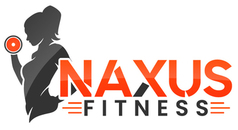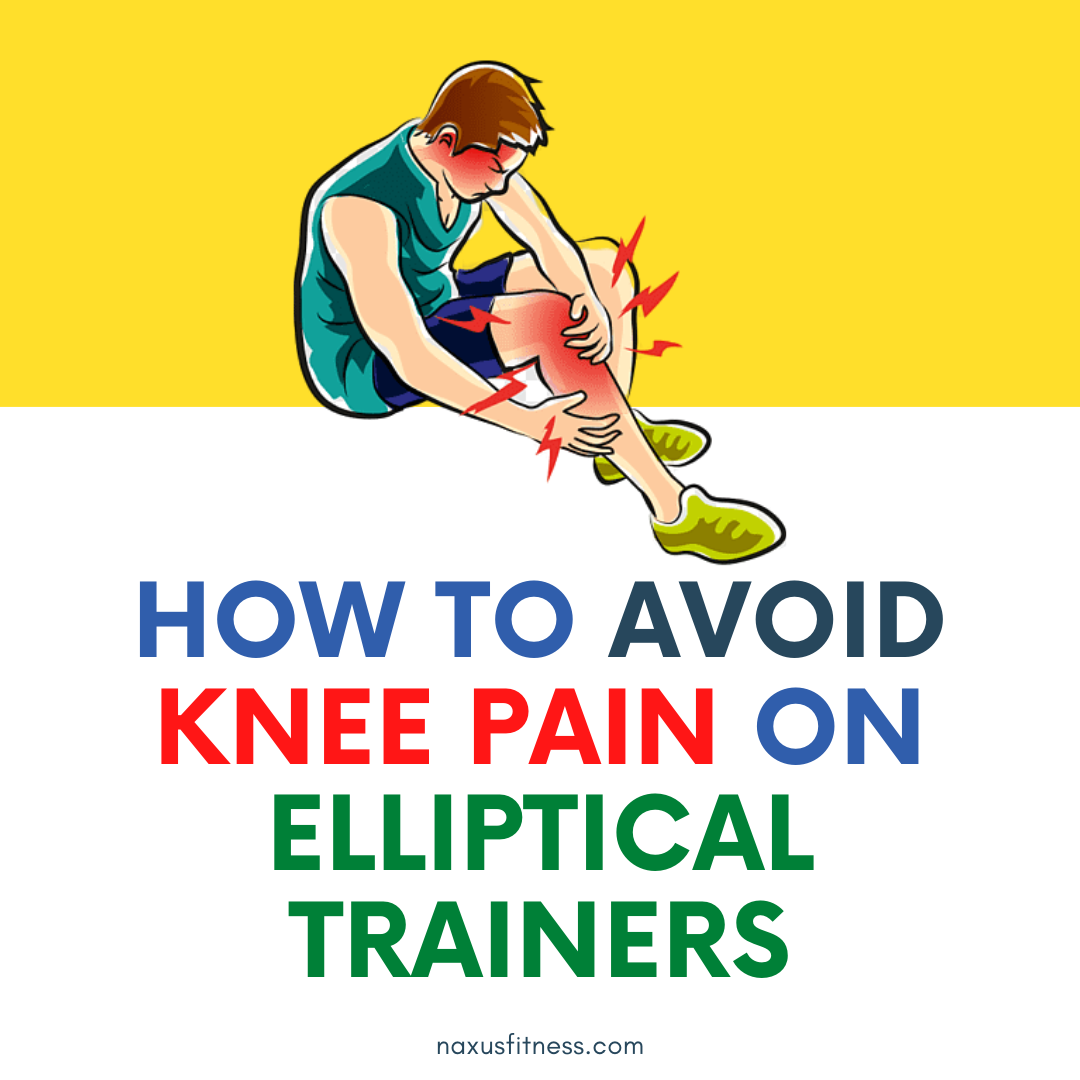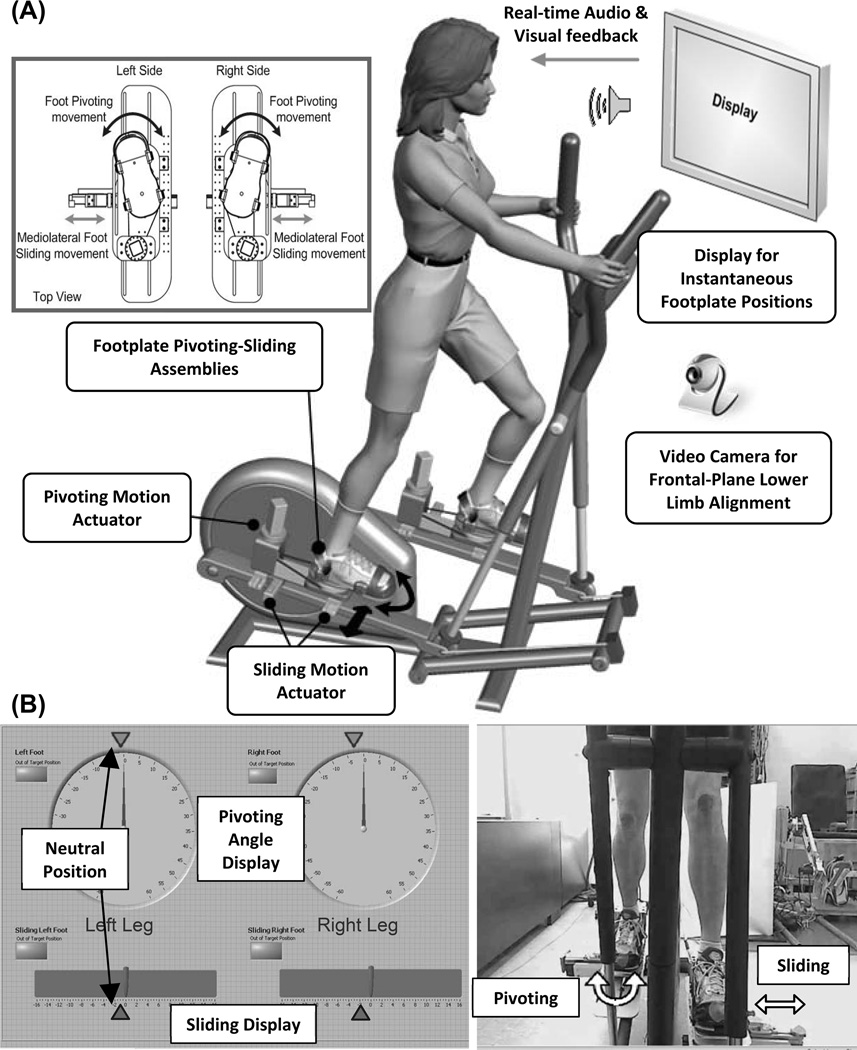🦵 😩 How to Avoid Knee Pain on Elliptical Trainers
Learning how to avoid and deal with knee pain during or after elliptical workouts
Elliptical trainers provide a wide range of benefits, but many people who exercise on an elliptical machines also complain of recurring pain. They realize that their knees are weak and painful after training. These are common pains and you are not alone, don’t worry. Fortunately, you can take the necessary measures to protect them when you ride an elliptical.
Elliptical trainers are commonly recommended for people who have knee pain or are prone to knee pain. Elliptical trainers are some of the exercises recommended for people with knee problems, including patellofemoral syndrome (also known as runner’s knee) and iliotibial band syndrome. But if you have knee injuries, you may want to be careful not to jump on the elliptical. If you don’t have knee pain, an elliptical can help keep your joints in shape.
Contents
This study concluded that subjects experienced reduced pain and improved knee function following an off axis elliptical training. This new off-axis intervention may be used in other common treatment options for people with Patellofemoral Pain (PFP)
What causes knee pain in the first place?
Knee pain is a common cause of doctor visits and can affect people of all ages.
In addition, knee pain can result from injury to a ligament, tendon, or cartilage, but it can also be a symptom of an infection or disease such as arthritis or gout.
The degree and type of pain and its location vary, depending on the reason for the pain, so it can often be a good indicator of the type of underlying injury.
Most frequent knee injuries
The most common injuries that occur with knee pain are the following:
- Knee sprain: One or more ligaments are stretched too far from a sprain or pull. This can cause the ligament to tear or rupture
- Torn Meniscus (Tear of meniscus): The meniscus is a crescent-shaped fibrocartilaginous anatomical structure, which functions as a “shock absorber” for the knee. If the meniscus is torn, you will feel pain when twisting or turning the knee, swelling, stiffness, and difficulty stretching the knee, among other symptoms
- Bursitis of the knee: There are also injuries that affect the synovial bursae. These sacs are filled with fluid and are responsible for cushioning the outside of the joint
- Overuse of the knee: This wear-and-tear knee injury is very common in runners
- Injuries to the ligaments of the knee: very common in sports that require frequent changes in pace and direction, for example, in football. A torn ligament generally means a loss of stability, severe pain when it occurs, swelling and a feeling of blockage.
🎬 In the short video below you will get some actionable tips for working out on an elliptical with an Injured Meniscus:
Wondering what the elliptical trainer does to your knees? Do you have any doubts or recurring pain? We provide you with answers and practical solutions below:
If you have knee pain, talk to your doctor
For a knee condition or injury, rest may be a better option than exercising on the elliptical. If your doctor allows you to train, he or she may recommend anti-inflammatory drugs to reduce pain, braces for your shoes, or physical therapy to help relieve or avoid pain.
Exercise according to your level
Pressing the pedals too hard can be the cause of much of your pain. You need to be realistic about your physical condition and not jump ahead. Don’t repeat sustained efforts if you don’t have the ability to do so. Take the time to build up a muscular base that will protect your knees during intensive efforts. Doing 60 minutes on an elliptical machine twice a week is not necessarily the right solution. It may be what’s causing your knee pain, making you go through workouts that aren’t pleasant. You need to adapt your training, depending on your age, physical condition and health.
Eating right
With a good diet we can alleviate many problems of our body. Some of the best foods for the joints are those containing omega-3 fatty acids, among others. These include oranges, turmeric, olive oil, broccoli, ginger, and foods with vitamin D.
Suplements for joints and knee protection
We can also prevent knee pain with supplements. These can be hyaluronic acid, which lubricates the cartilages and ligaments; collagen, which contributes to the regeneration and nutrition of these tissues and bones; and magnesium, which is essential for the recovery of muscle tone especially after sport.
Instead of exercising for 60 minutes twice a week, you can try to do 4 sessions of 30 minutes each
This will help reduce the risk of injury and will cause less trauma to all your joints. As the amount of time you exercise increases, so does the tension. The pain for people with weak knees really starts to kick in after 30 minutes of exercise. Take the time to think about reorganizing your workout to preserve your health.
The clicking sensation in the knee is one of the main things you need to pay attention to. If you feel this sensation in your knees, make sure you reduce your workouts. It’s a red flag! Your body is trying to tell you that your knees are under too much stress during exercise. You need to train less and rethink the way you do it to avoid injury.
Choose the right machine and reduce knee pain
If you experience knee pain while using an elliptical trainer at the gym, try a different model, one that does not stress the knees. In some elliptical machines the distance between the pedals, or width of the hip, may not be ideal for you. A hip width that is too large or too small will cause stress on your knees, hips, and back. If you can adjust the inclination of the elliptic, the variation in intensity can change the pressure on the knee.
If you’re sure you’re not pushing yourself too hard during your workouts, then your machine could be the cause of your knee and joint pain. Poorly built machines using poor quality parts may cause recurring pain. Frequently, older elliptical machines begin to go out of adjustment and can cause this type of pain. If this is the case, the best thing to do is to have your elliptical repaired or buy a newer model.
In addition to the spacing of the pedals, the degree of pedal inclination can also have an impact. When you train on an elliptical trainer, your heels must stay glued to the pedals. The pedals should provide you with full support to complete a safe workout. This is a common mistake that many people make. When properly inclined, the pedals will fit your arch perfectly. Instead of feeling awkward, this good posture will help you during your sessions and help you progress more quickly.
Nevertheless, if you buy a high quality machine, it is unlikely that you will encounter these problems (distance between the pedals too great or bad inclination).
Eating right
With a good diet we alleviate many problems of our body. Some of the best foods for the joints are those containing omega-3 fatty acids, among others. These include oranges, turmeric, olive oil, broccoli, ginger, and foods with vitamin D.
Try varying your heel position
If you experience pain when you keep your heel fixed on the pedal, raising your heel slightly will cause you to pivot on the ball of your foot and may decrease the stress on your knee. Conversely, if you have knee pain with your heel elevated, keeping your heel fixed can help change your body mechanics and knee alignment.
Avoid stretching your legs completely
This rule applies to cycling and climbing exercises, as well as elliptical trainers. Your legs should never lock up.
Avoid exercising on consecutive days
If you are prone to repetitive stress injuries, such as iliotibial band syndrome or hip bursitis, take at least one day off between elliptical trainings. This should help prevent persistent injuries. If you are a runner, you may want to avoid running and using the elliptical machine on consecutive days as well.
Listen to your body the day after a workout
If you are new to the elliptical trainer or are using a different model, you may experience some knee pain the next day. These should be temporary. But if they persist, this is not normal, and you should check with your doctor about the changes.
Correct your posture
In some cases your body alignment is the cause of your knee pain. You must pay close attention to your posture when exercising on an elliptical trainer. This is also the case for sports in general! Many injuries are the result of poor posture! Often knee pain is self-induced and can be corrected by simply paying attention.
When exercising on an elliptical machine, do not bend at the front of the machine. In general, the more tired you are, as the workout is strenuous, the more you bend. Just think about it and be careful. This poor posture, “bending forward” will not only give you knee pain. In the long run, if it becomes a habit, the impact on your physique can be long lasting and general.
You may also find that you experience knee pain when using only the front part of your underfoot to pedal. You should absolutely avoid doing this. On an elliptical trainer, it is necessary to pedal flat and use the entire arch of your foot! If you do not make the correct movement, you will cause injury to your lower limbs. Tendinitis is one of the first consequences.
For those of us who practice sports, pain is usually the order of the day, and the fact is that the joints are some of the parts that are usually greatly affected when performing the activity in question. One of the most affected is the knees, a pain that is more common than we think and we can solve it by following a series of tips.
Knee pain has always been associated with sports. The popular belief is that the more sport you do, the more you wear out your knees. For this reason, when our knee hurts we stop exercising, something that is not entirely beneficial, since in most cases the pain is due to insufficient strength in the muscles and tendons that surround the knees.
The pain of the knee is one of the most feared in athletes, because when it appears it manages to make us delay the development of training and that in many cases we can not continue to move forward. Normally when a knee pain appears what is recommended is to stop doing sport and rest to recover. Of course this is one of the most appropriate measures when the pain is acute, as we must prevent it from getting worse, but the important thing is to prevent it before the pain appears.
Normally, knee pain is due to lack of strength in the muscles that surround them. We must not forget that the knees are one of the joints that support more pressure in our body next to the ankles, since both are in the legs that we use daily in every movement we make, so it is necessary to maintain proper muscle tone in this area and get strong joints that are able to withstand the pressure of exercise.
To do this, it is necessary to focus on the legs and not leave them aside when training. Many times they are left aside and we do not work them, a mistake that later translates into joint pain. Strengthening the leg muscles will give us resistance and solidity to the knees that will endure much more and will allow us to do all kinds of activities avoiding pain.
To strengthen the knees without forcing them and damaging them, we must train them in a gentle and progressive way. To do this we can start with split squats that will help us to get strength while keeping our knees flexible and accustomed to the effort. It is necessary that we do it in a soft way and that we increase little by little the intensity as we gain strength.
Consider getting knee braces to protect yourself during pratice of any kind of sports (elliptical workouts included)
What is the knee brace and what are the benefits?
Knee braces are sports accessories that function as prevention equipment. Amateur or professional athletes use this product to try to reduce the chances of injury or the severity of injuries.
A knee brace works to defend the knee ligaments, which are very sensitive parts of the human body.
Some serious injuries to the cruciate ligaments of the knee can take a person out of circulation for several months. That’s why knee braces are used in many different sports.
The use of larger and slightly more elastic knee braces is also common among athletes recovering from bruises. With this accessory you can participate in the first post-injury training.
When using the brace, you can watch out for some joint problems, such as synovitis and tendonitis.
When should I wear a knee brace?
In some physical activities it is not necessary to wear knee braces. It is only necessary to use the product if the exercise involves the use of sufficient knee strength.
Knee braces are usually more for defending knees that are not young or recovering from an injury.
However, some versions are for protection, regardless of age or knee conditions, for example, janitor’s knee braces and protective knee braces for workers.
There are dance exercises and some functional sports practices that make the knee more vulnerable with every movement. In these cases, the use of kneepads is indispensable.
Today there are a variety of sports that require a good knee brace to play safely: running, walking, athletics, heavy weight exercises in the gym, tennis, crossfit, indoor soccer, football, basketball, baseball, softball, hockey, volleyball and golf .
Modern knee pads are made of strong, elastic materials to allow knee movement without injury. The weight of the knee brace can vary from 50 to 600 g. Most current versions are unisex.
What are the main types of knee braces?
Knowing the main types of knee braces on the market is the first step to a successful purchase. They can be compression, protective or sport-specific.
Take a look at the characteristics of each one of them below:
Compression knee brace: it is a joint product, that is, it allows a comfortable movement in the knees. A production used by people who recover from injuries and start their sport life with a light training. The name “compression” means that the knee brace can warm the muscles. Because of this, there is an improvement in blood circulation and treatment of injuries.
Protective knee brace: it has a structure that protects the knees in contact with the ground. It is a product widely used in industry and construction. The cheaper versions have plastic as the main material.
Volleyball knee brace:it is a model that serves to protect the ligaments. It protects the knee from the jumping thrust and the impact of the foot on the court.
Crossfit Knee Pad:this is a structure that has superior protection for the knee and ligaments. Some versions cost a little more, but this is the price to pay for this super protective product.
Goalkeeper Knee Pad:in practice this is another type of protective knee pad, with slightly more noble materials. A durable and lightweight product that will not disturb movement in games.
Running Knee Pad:this is a product that protects the joints and reduces knee pain during longer runs.
Final thoughts
In our article we have seen the main causes of joint and knee pain when training on an elliptical trainer. If you suffer from lasting pain, try the solutions detailed above, you will be pleasantly surprised!
If you maintain a good posture during practice and have taken all precautions, your ellliptical is probably defective.
In any case, in case of persistent pain, consult your doctor who will know how to best guide you and help you to measure the efforts you can make. Elliptical machines can also be an excellent rehabilitation device if used properly.




 Amazon.com
Amazon.com 















